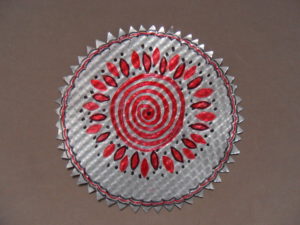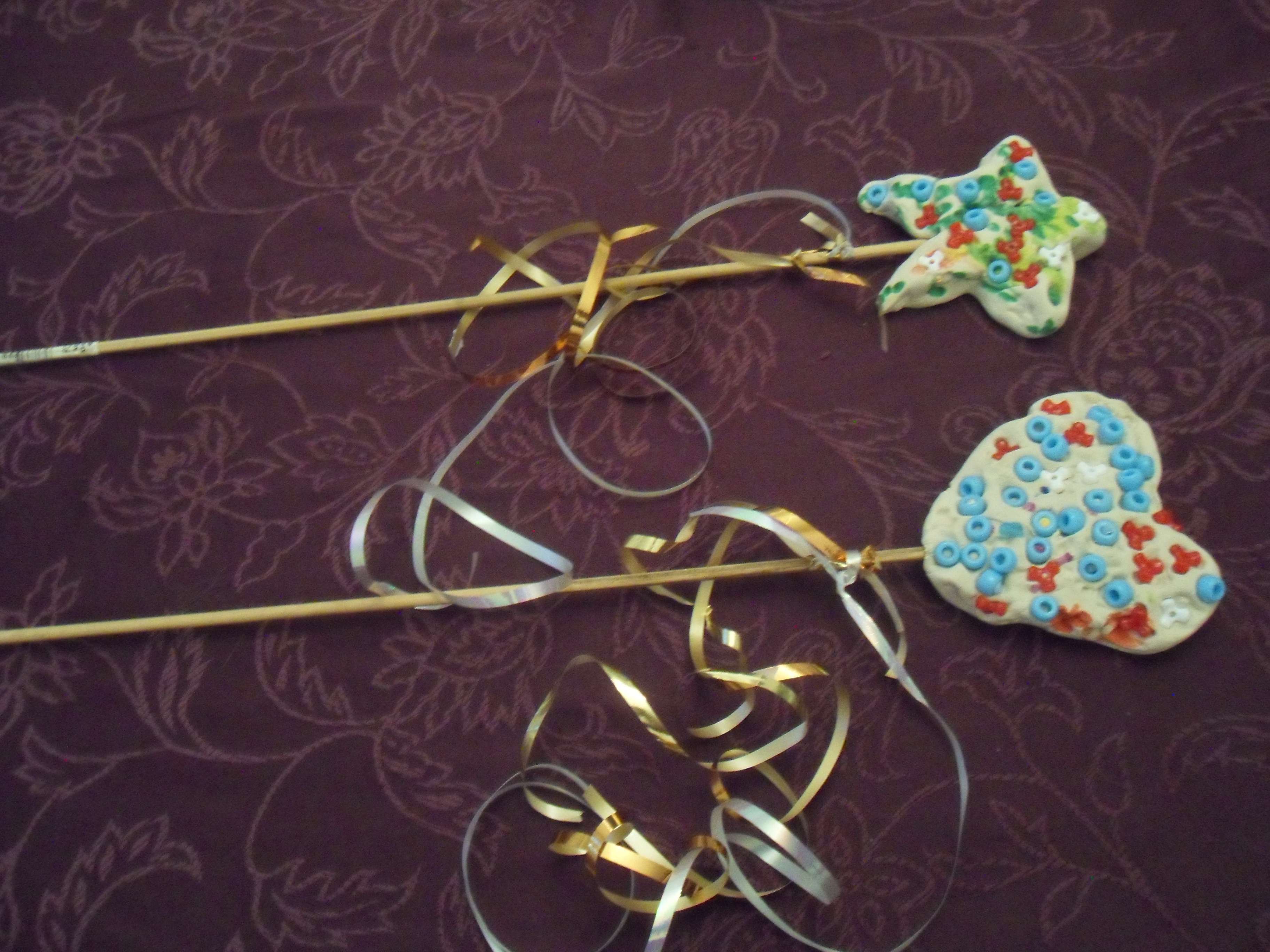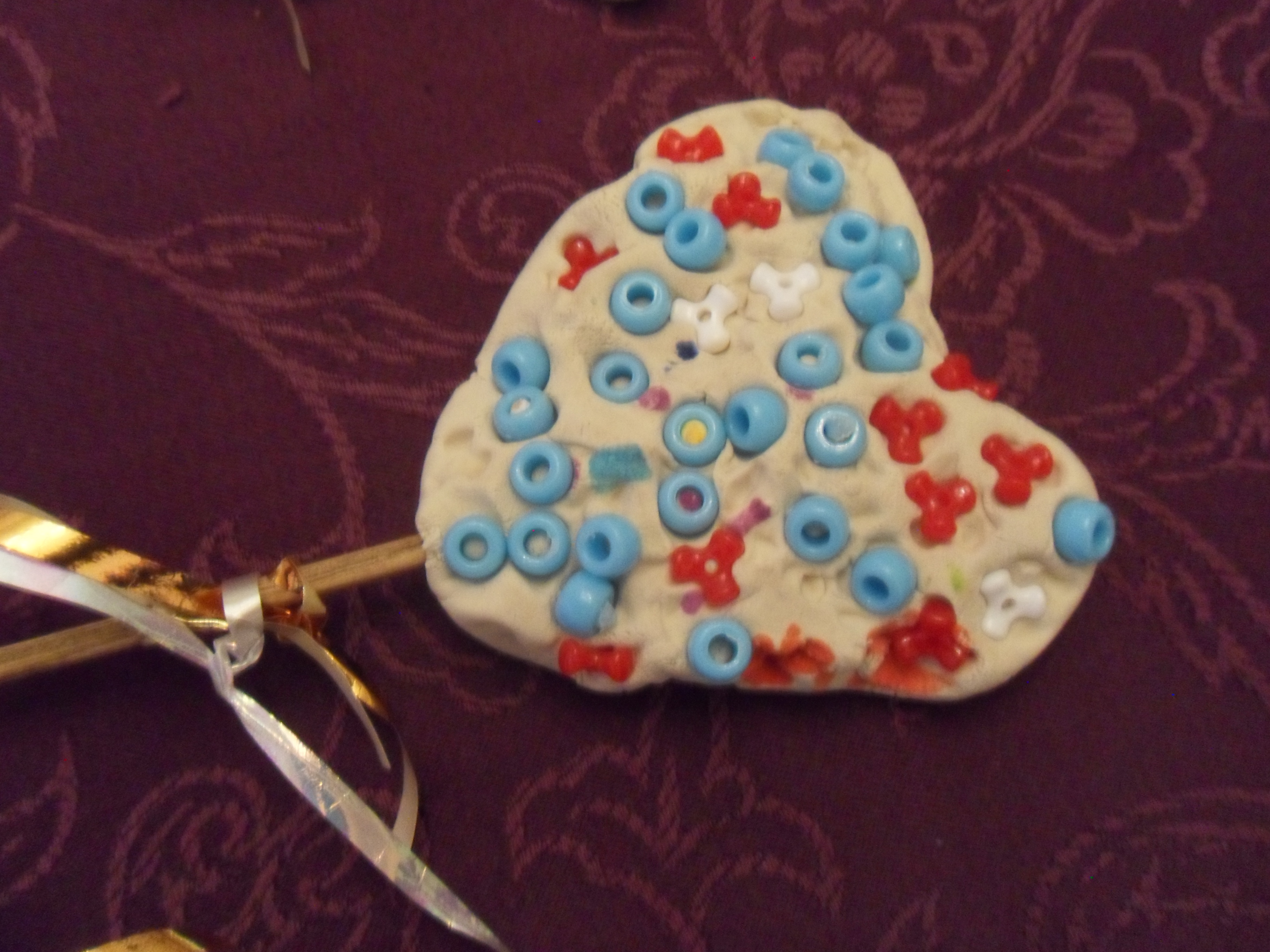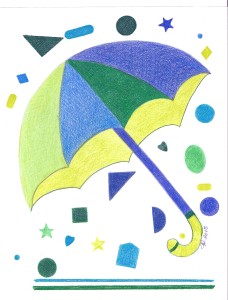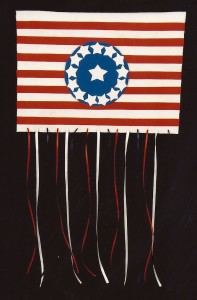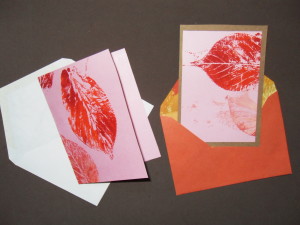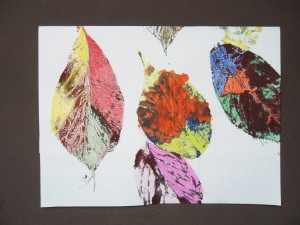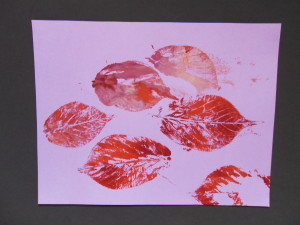What is hojalata? A hojalata is Mexican tin art used to create ornate and often practical objects like boxes or hangings or candelabras and more.
Materials:
Disposable round aluminum pan
Paper
Permanent markers (Optional: use paints specifically for metal, brushes and a water container)
Scissors
Newspaper
Puncher to make holes
Jump rings
String
Project:
- Cover the work table. Place the disposable aluminum pan on a piece of colored paper and trace the bottom of the pan so you have a circle.
- Sketch a design on a piece of paper: the sun, flowers, cactus, birds, the moon, an animal, etc. (Traditionally, humorous or religious or cultural objects are drawn by hojalata artists.) Then draw the design in the circle using a black marker. Cut out the circle and the bottom of the aluminum pan.
- Lay the drawing on the aluminum pie pan circle. Pushing hard enough to mark the metal, trace the design with a sharp pencil or similar tool.
- Turn the aluminum pie pan circle over and color in the design with permanent markers.
- Punch a hole at the top of the pie pan circle, pull a piece of string through and hang the hojalata.
- If you make more than one, you can string them by punching a hole at the top and bottom of each and connecting them with jump rings.
- Loop a piece of string through the hole of the top hojalata and hang. If you hang the hojalatas outdoors, watch them shine in the sum or blow in the wind!

